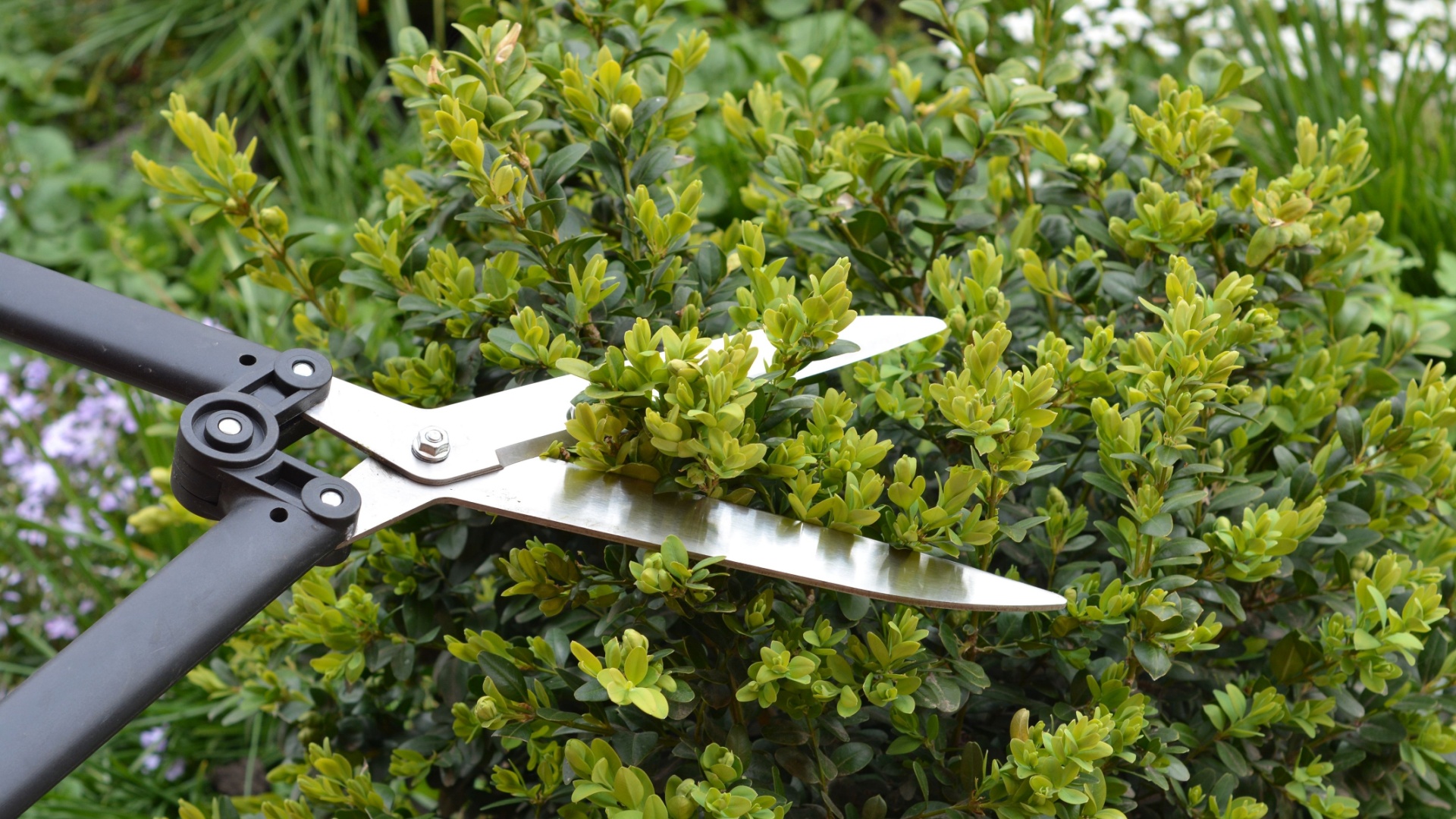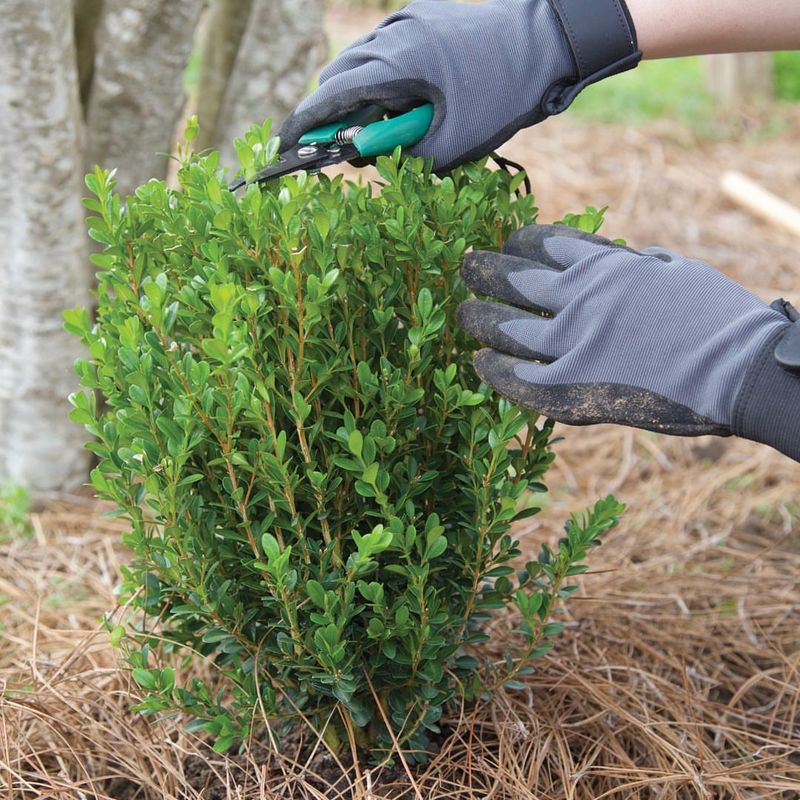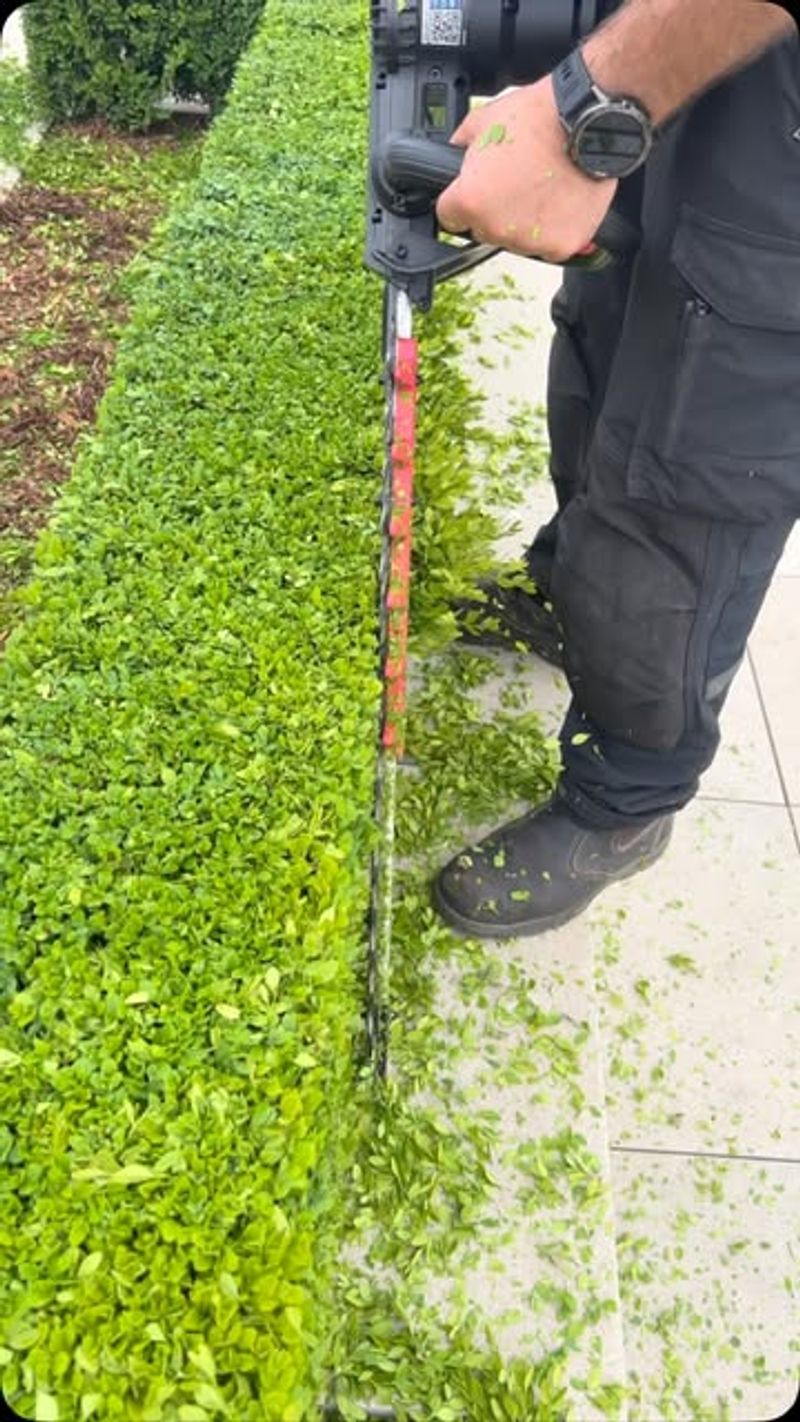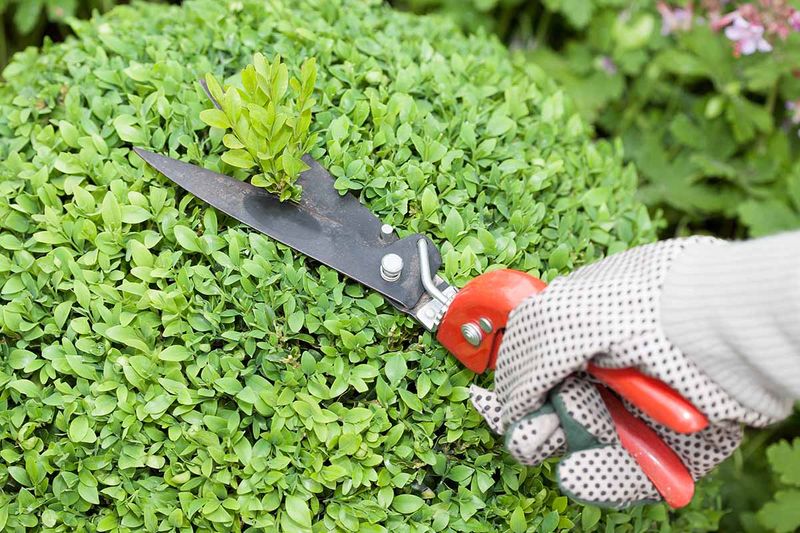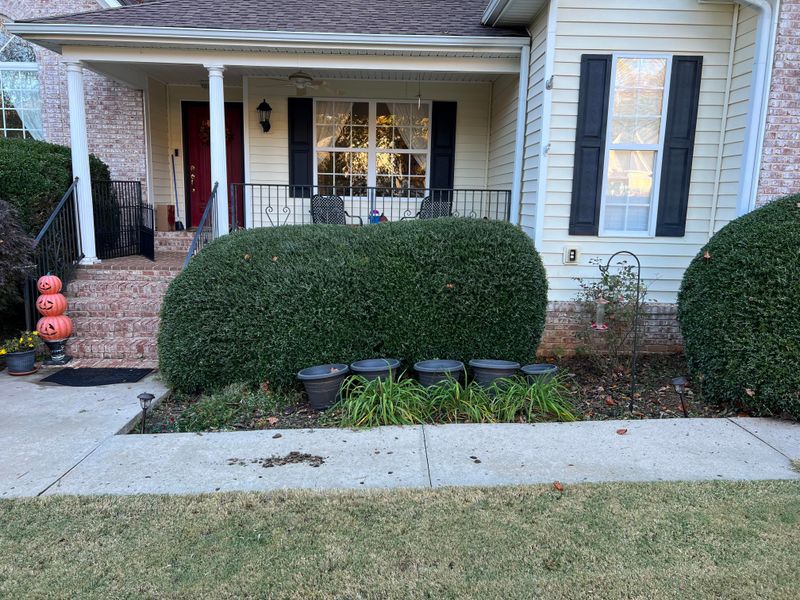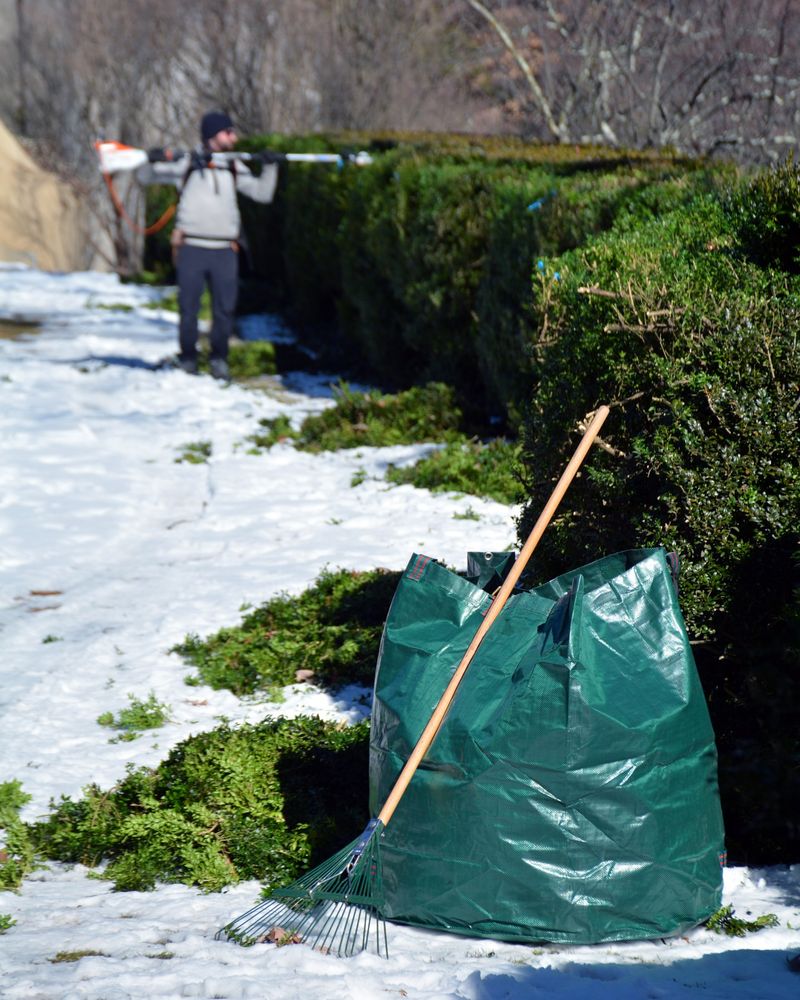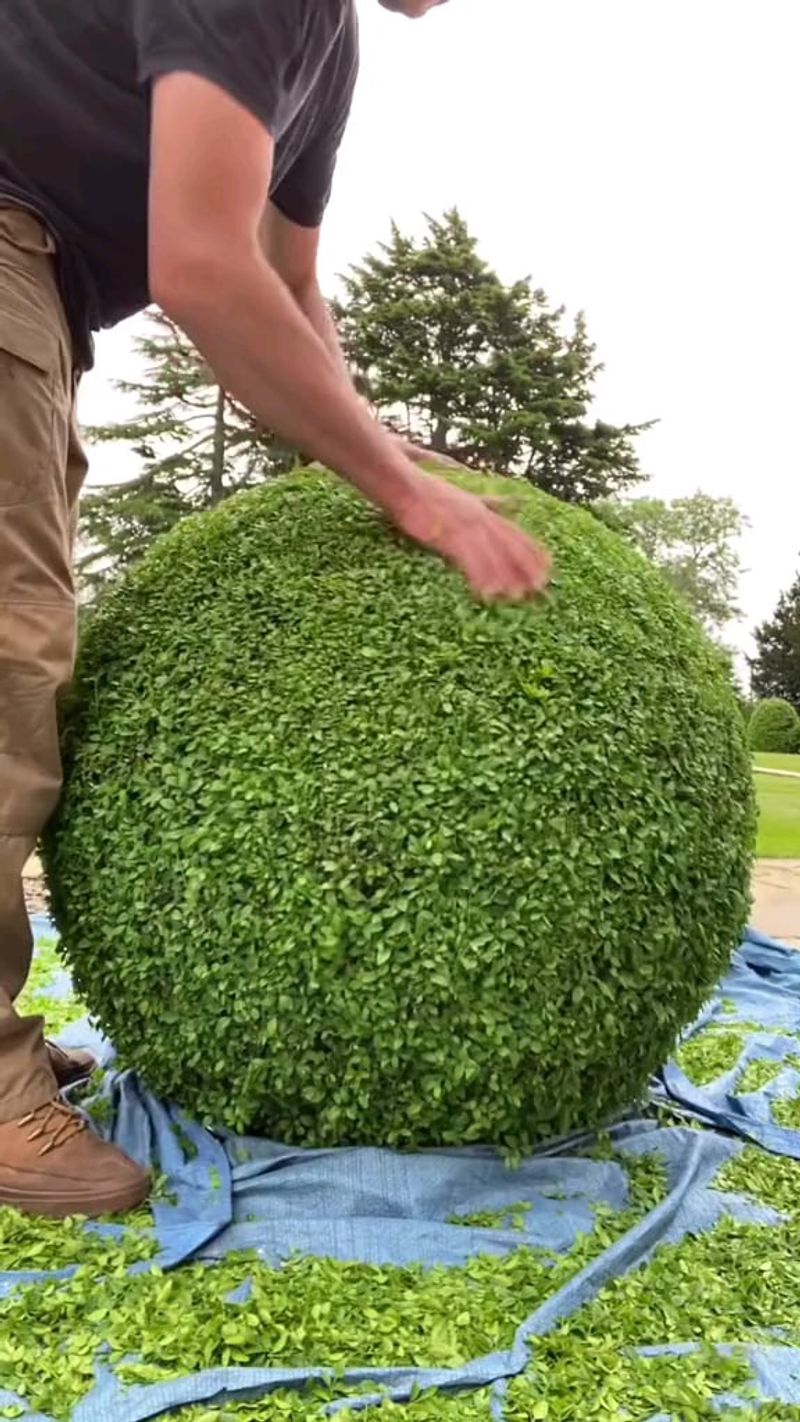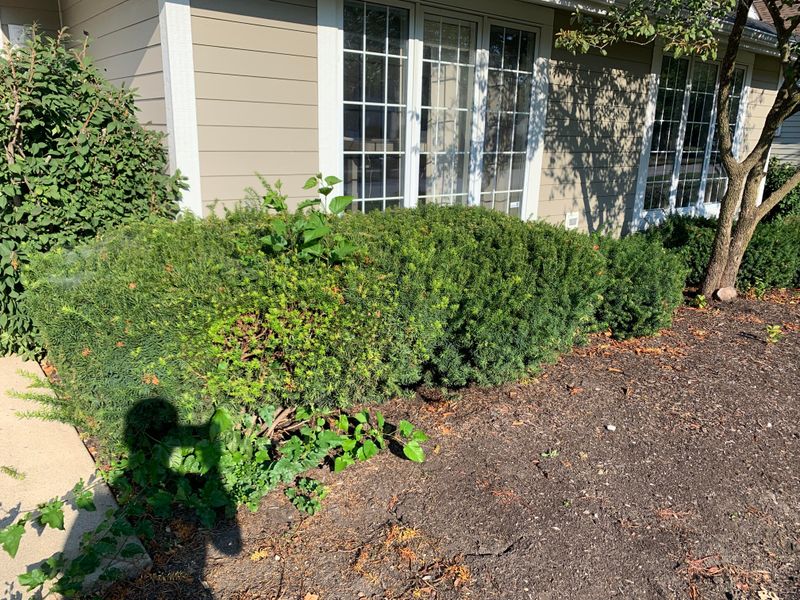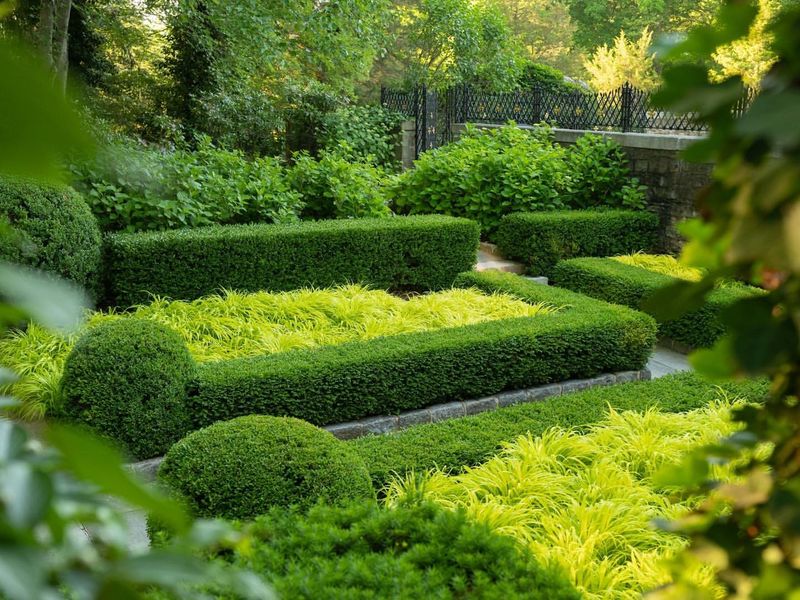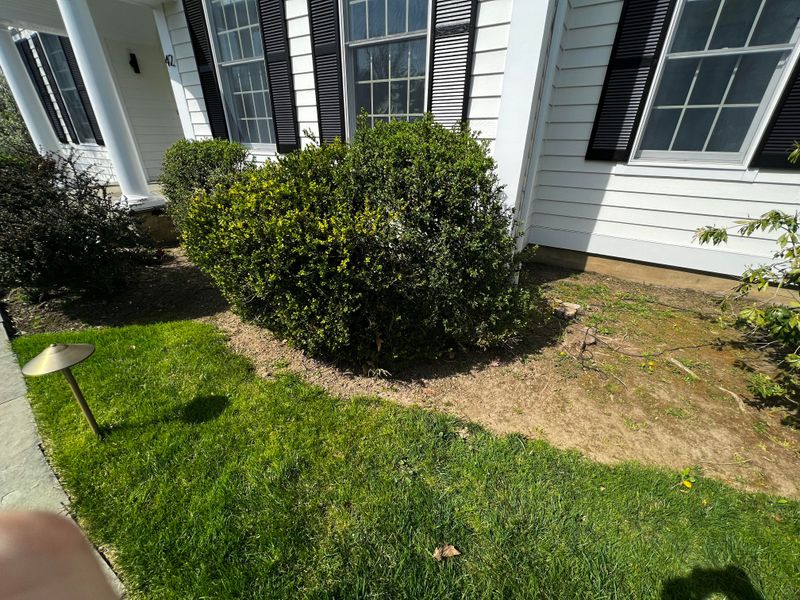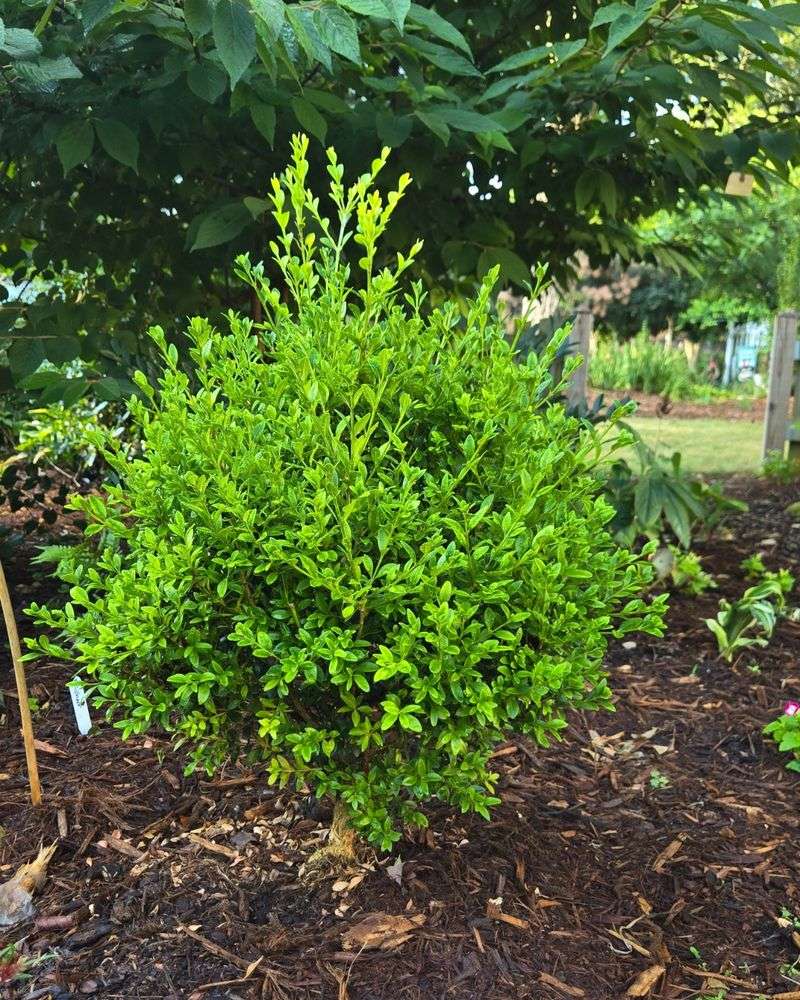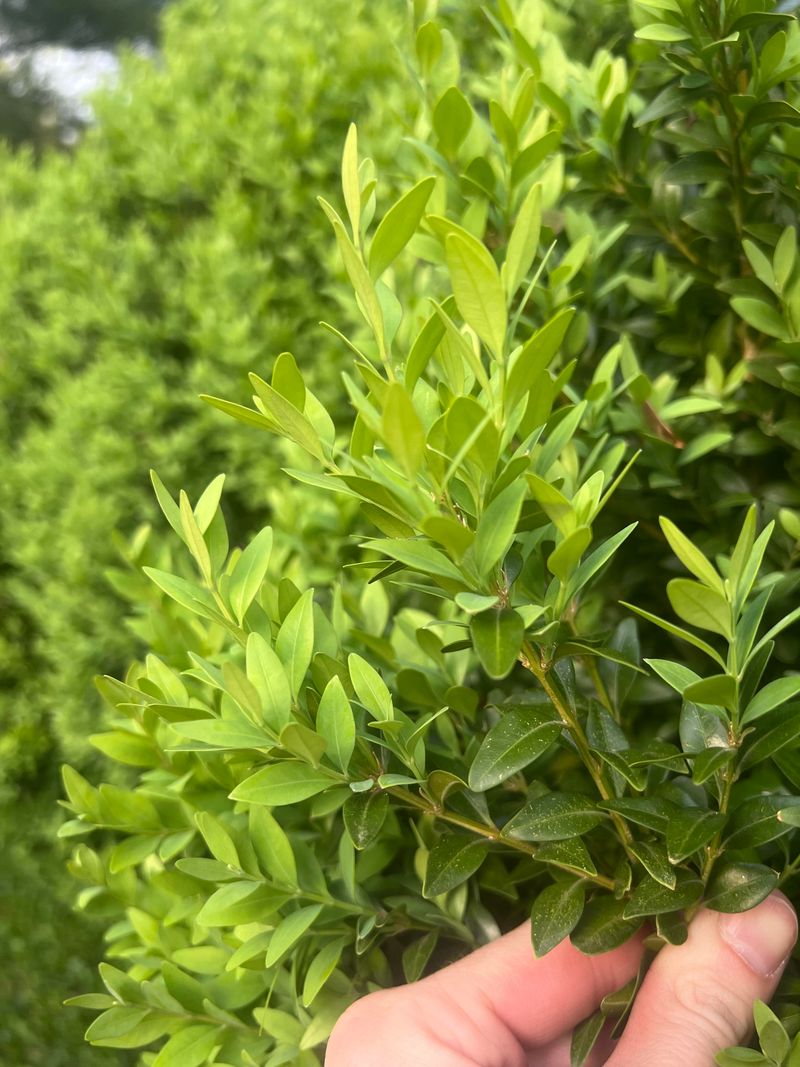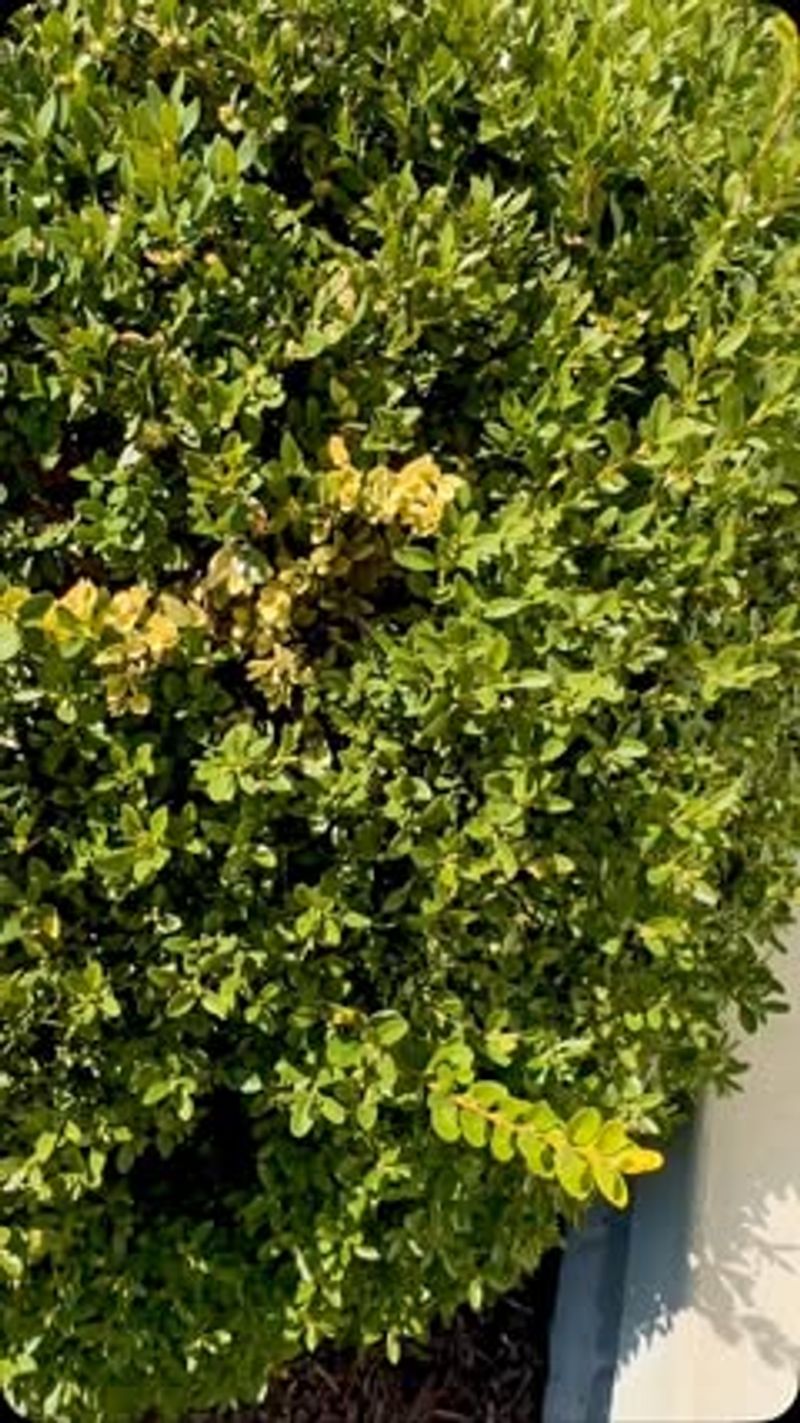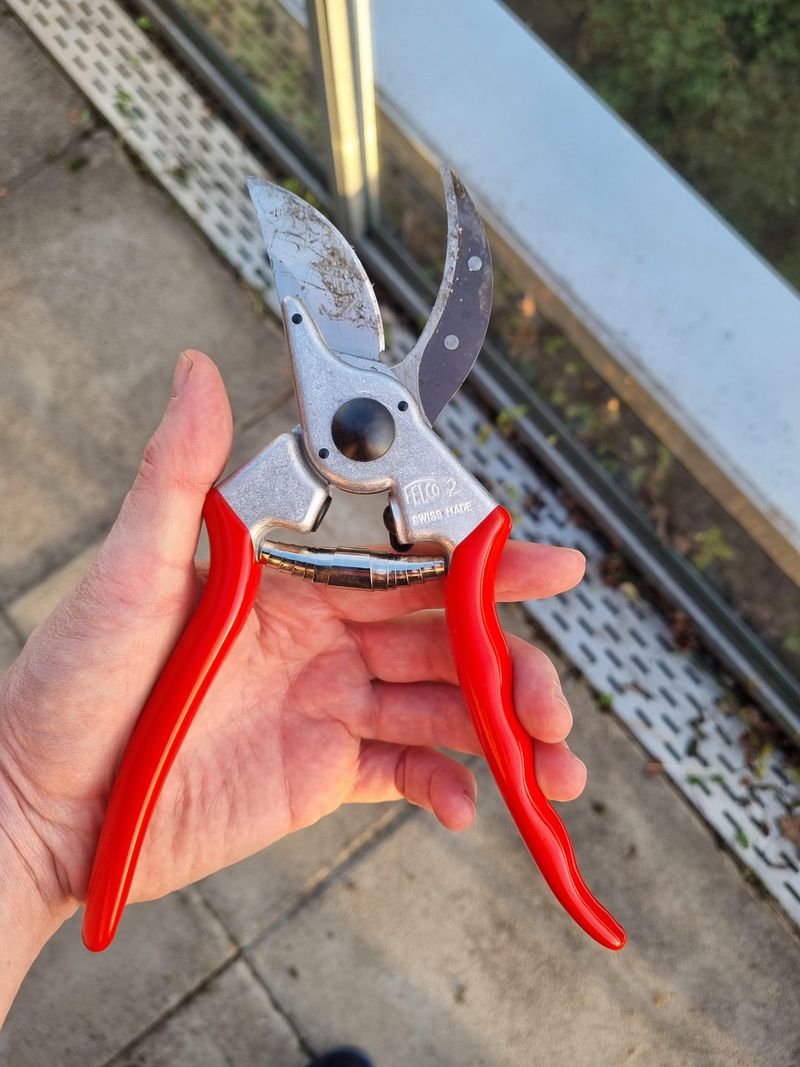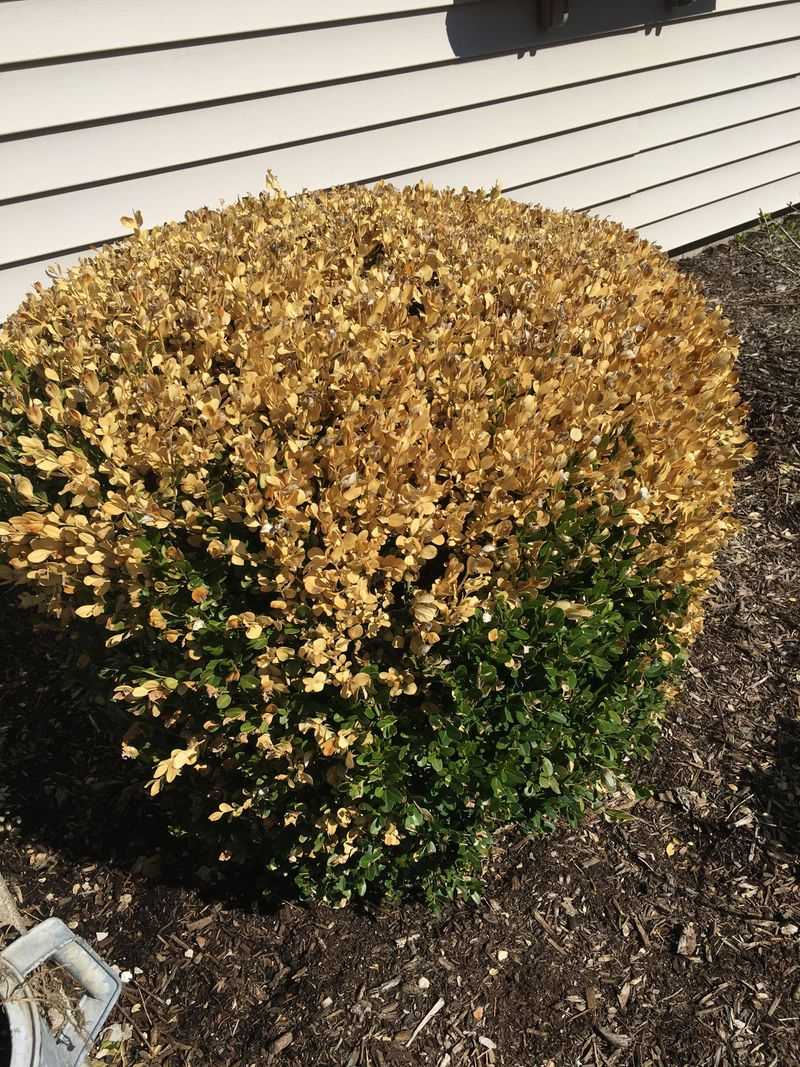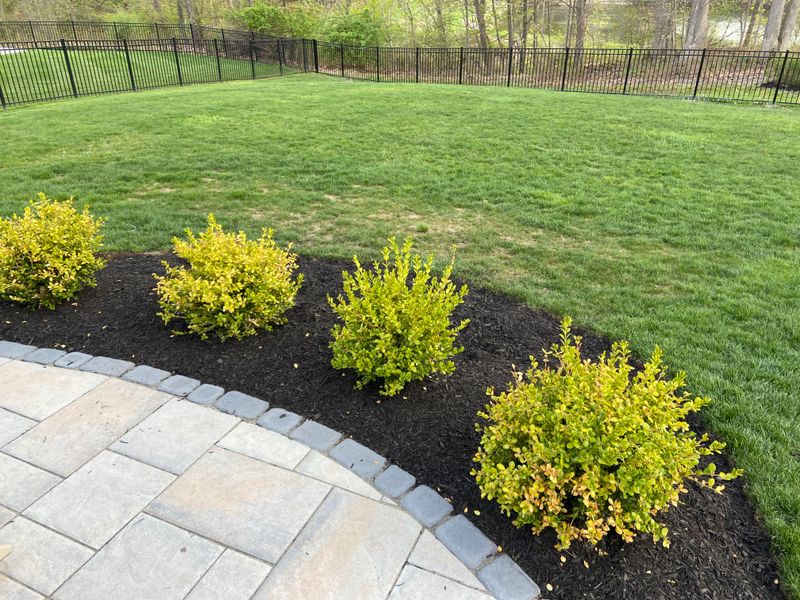Boxwood hedges bring structure, style, and year-round greenery—but only if you prune them right. From timing to technique, proper trimming makes all the difference between a crisp, sculpted hedge and a sad, patchy mess.
These 16 pro-approved pruning tips will keep your boxwood healthy, shapely, and stunning no matter the season.
1. Know Your Boxwood Variety
Different boxwood types have unique growth habits that affect how you should prune them. American boxwood grows faster and more loosely than English boxwood, which is denser and slower-growing.
Japanese boxwood tends to be more sun-tolerant and may need less frequent pruning. Before making any cuts, identify your specific variety to avoid pruning mistakes that could damage your plants.
2. Gather the Right Tools
Sharp, clean tools make all the difference when pruning boxwoods. Hand pruners work well for selective cuts on smaller plants, while hedge shears are perfect for shaping larger hedges.
For those picture-perfect formal hedges, don’t forget a string line and bamboo stakes to guide your cuts. Always disinfect your tools before and after use with rubbing alcohol to prevent spreading plant diseases.
3. Early Spring: Time for Major Reshaping
March to April offers the perfect window for significant boxwood pruning. The plants are waking up from winter dormancy but haven’t put energy into new growth yet.
Make bold cuts now to establish basic shape and remove winter damage. Pruning before new growth emerges gives your boxwood plenty of time to recover and fill in bare spots before summer heat arrives.
4. Follow the 1/3 Rule
Never remove more than one-third of a boxwood’s growth in a single pruning session. Taking too much foliage stresses the plant and can lead to dieback or disease.
If your boxwood needs dramatic reshaping, spread the work over several seasons. This patient approach keeps your plants healthy while still moving toward your desired shape. Your boxwoods will thank you with lusher, more resilient growth.
5. Prune for Air Circulation
Boxwoods naturally grow dense foliage that can trap moisture and create perfect conditions for fungal diseases. Smart pruning opens up the center of the plant to let air flow freely.
Use hand pruners to selectively remove some inner branches, especially those growing toward the center. This technique, called thinning, might not change the outward appearance much, but dramatically improves plant health by reducing humidity inside the shrub.
6. Summer Touch-Ups Keep Shape Perfect
Light pruning during summer helps maintain that crisp, formal look without stressing your plants. Focus on trimming just the tips of branches that have grown beyond your desired shape.
Morning is the best time for summer pruning – cuts heal quickly, and fresh wounds won’t be immediately stressed by hot afternoon sun. Avoid heavy pruning during summer heat, as this can weaken plants and make them vulnerable to scorching.
7. Skip Late Fall Pruning
Put those pruners down after mid-August! Late fall pruning stimulates tender new growth that won’t have time to harden off before winter arrives.
These vulnerable new shoots often die back in cold weather, creating brown patches come spring. If you must prune in fall, stick to removing obviously dead or diseased branches only. Major shaping should wait until the following spring.
8. Prune from the Bottom Up
Always start pruning at the bottom of your boxwood and work upward. This technique ensures sunlight reaches all parts of the plant, preventing the bottom from becoming bare and leggy.
The classic boxwood shape is slightly wider at the bottom than the top – like a subtle trapezoid. This shape isn’t just visually pleasing; it’s functional too! It allows sunlight to reach all parts of the plant, creating fuller, healthier hedges.
9. Create Templates for Consistent Shapes
Professional gardeners use templates to achieve perfectly shaped boxwoods. Cut simple shapes from cardboard or plywood that match your desired outline – whether rounded, square, or something more creative.
Hold the template against your hedge while pruning to maintain consistent dimensions throughout. For spherical boxwoods, an old hula hoop can work wonders as a guide! These guides help prevent the common problem of uneven pruning.
10. Rejuvenate Overgrown Plants
Even neglected boxwoods can make a comeback with the right approach. For severely overgrown plants, spread rejuvenation over three years, removing one-third of the oldest, woodiest stems each spring.
Cut these old branches all the way back to the base. This gradual approach stimulates fresh growth without shocking the plant. By year three, you’ll have completely renewed your boxwood with youthful, vigorous growth.
11. Maintain Natural Forms Too
Not all boxwoods need formal, geometric shapes! For a more relaxed garden style, prune to enhance the plant’s natural form rather than fighting against it.
Use selective cuts to remove awkward branches while maintaining the shrub’s natural grace. This approach requires less maintenance than formal hedges and creates a softer landscape element. Many boxwood varieties have naturally beautiful shapes worth preserving.
12. Clean Up Clippings Immediately
Never leave boxwood trimmings scattered around your plants. The clippings can harbor pests and diseases that might reinfect your freshly pruned hedge.
Use a tarp spread below your work area to catch trimmings for easy cleanup. Some gardeners even vacuum their boxwoods after pruning with a shop vac to remove tiny fragments! This simple step prevents many common boxwood problems.
13. Winter Protection Trimming
In late fall, before the first freeze, consider a very light trim to remove any growth extending beyond your desired shape. This preventive pruning helps prevent snow and ice damage.
Heavy snow can split and break boxwood branches, especially on formally shaped plants with flat tops. A slight inward slope on top helps shed snow naturally. Don’t remove much foliage – just enough to create more resilient forms.
14. Use Hand Pruners for Precision Cuts
While shears create smooth surfaces quickly, hand pruners allow surgical precision when needed. They’re perfect for removing individual branches growing in the wrong direction without creating obvious gaps.
Look deep into the plant to make cuts where they’ll be hidden by outer foliage. This technique maintains a natural appearance while controlling size and shape. Hand pruners also make cleaner cuts that heal faster than shear cuts.
15. Monitor for Boxwood Blight
Boxwood blight is a serious fungal disease that causes rapid defoliation. Regular pruning sessions provide the perfect opportunity to inspect your plants for early warning signs like dark leaf spots or black stem cankers.
If you spot suspicious symptoms, prune out affected areas immediately, cutting well below any visible damage. Disinfect tools between each cut when dealing with diseased plants. Early detection through regular maintenance can save your entire boxwood collection.
16. Feed After Pruning
Pruning removes nutrients stored in foliage, so give your boxwoods a boost afterward. Apply a balanced, slow-release fertilizer specifically formulated for acid-loving evergreens.
Spread the fertilizer around the drip line, not against the stems. Water thoroughly after feeding to help nutrients reach the roots. This post-pruning care accelerates recovery and encourages lush new growth to fill in where you’ve pruned.

